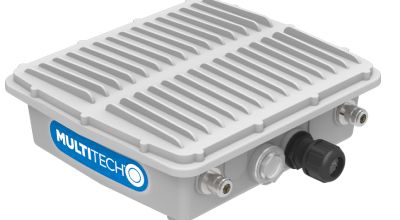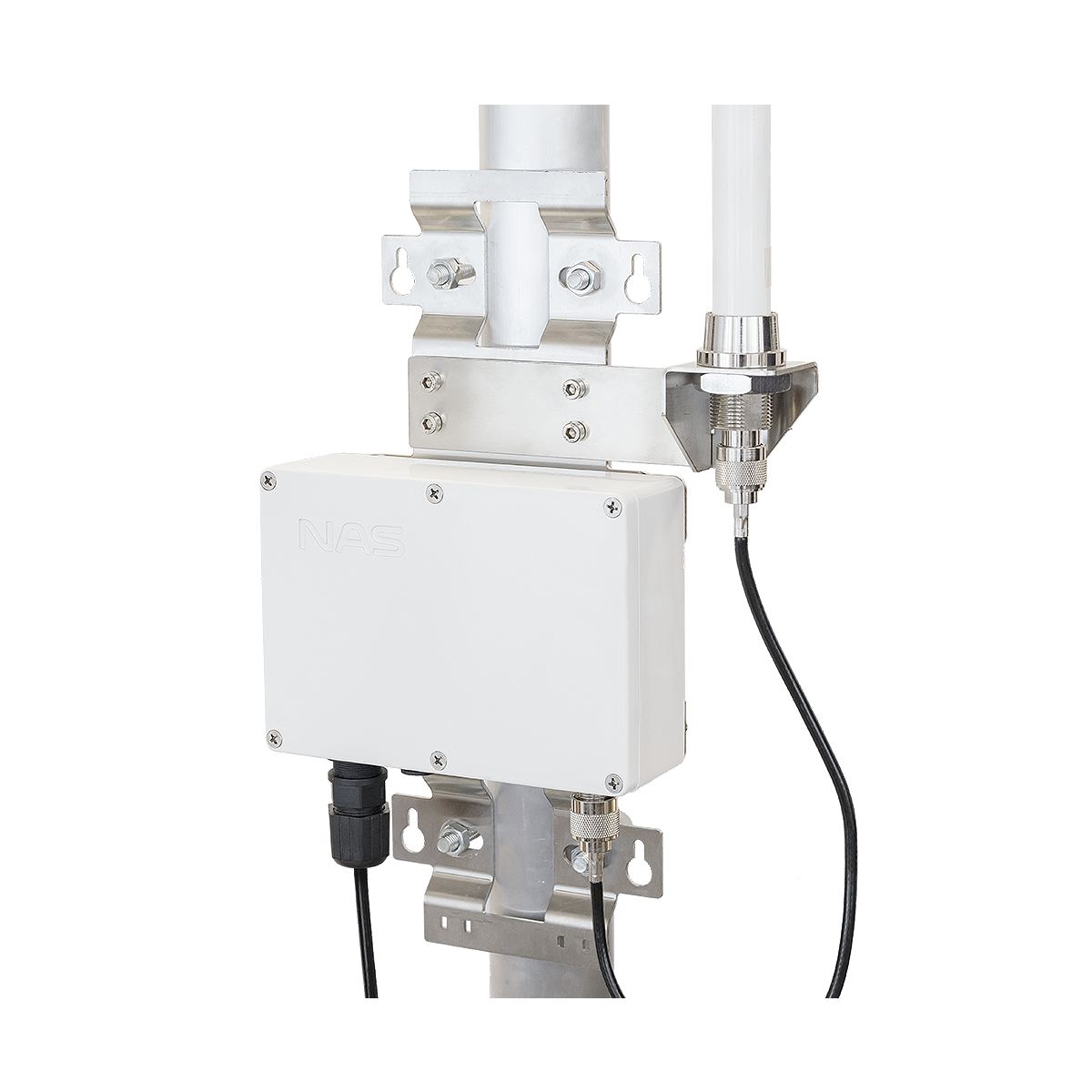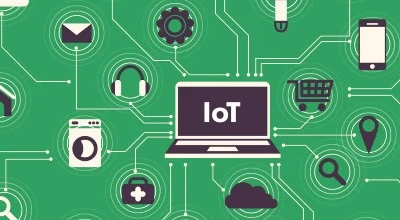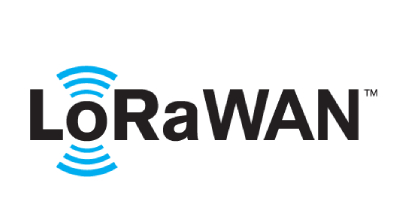
What is a LoRaWAN gateway?
A LoRaWAN gateway is a critical component of a LoRaWAN (Long Range Wide Area Network) network, which is a wireless communication system designed for long-range, low-power communications, primarily for Internet of Things (IoT) devices and sensors. LoRaWAN is built on the LoRa (Long Range) modulation technology, which enables efficient transmission of data over long distances with minimal power consumption.
The LoRaWAN gateway serves as a bridge between the LoRaWAN end devices (such as IoT sensors and actuators) and the network server. It receives data packets from the end devices through LoRa radio frequency (RF) signals and forwards them to the network server, usually via the internet. The network server then processes the data, may apply necessary decoding, and sends it to the relevant application server for further processing or storage.
Similarly, the gateway can also transmit data from the network server back to the end devices. This two-way communication enables various IoT applications, including remote monitoring and control, smart agriculture, smart city, and industrial automation.
LoRaWAN gateways can support multiple communication channels simultaneously, enabling them to manage communications with thousands of end devices. They are typically installed outdoors in high elevation points like rooftops or towers to maximize coverage and provide optimal communication between the gateway and the end devices.

Key Components of LoRaWAN Gateways
- Radio Frequency (RF) Front End: The RF front end is responsible for receiving and transmitting LoRa signals from and to end devices over the air. It consists of antennas, filters, amplifiers, and mixers that help convert the wireless LoRa signals into electrical signals and vice versa.
- LoRa Concentrator: The LoRa concentrator is a multi-channel transceiver module that enables the gateway to communicate with multiple end devices simultaneously using different frequencies and spreading factors. This component is crucial for efficiently managing the communication between the gateway and a large number of IoT devices.
- Microcontroller or Processor: This component manages the overall operation of the gateway, including processing the incoming data, forwarding the data to the network server, and managing two-way communication with the end devices. It also handles tasks such as encryption, decryption, and device authentication to ensure secure communication in the network.
- Ethernet, Cellular or Wi-Fi Interface: The gateway must have a way to connect to the internet in order to forward the received data from end devices to the network server and receive commands from the server. This can be achieved through various communication interfaces like Ethernet, Cellular (e.g., 4G/5G), or Wi-Fi, depending on the specific deployment scenario and requirements.
- Power Supply: LoRaWAN gateways require a stable power source to function. Depending on the deployment location and accessibility, they can be powered by traditional electrical grids, batteries, or even renewable energy sources like solar panels.
- Enclosure and Mounting: Gateways are often installed outdoors in harsh environments, so they need to be housed in a weatherproof and robust enclosure to protect the internal components from damage. Additionally, proper mounting hardware is required to secure the gateway in the desired location, such as on a rooftop or a tower.
- Firmware and Software: LoRaWAN gateways require firmware and software to manage their functions, including communication with the end devices, data processing, and forwarding to the network server. This software may also provide additional features such as device management, network diagnostics, and remote configuration.
LoRaWAN Gateway Types
- Indoor Gateway: Indoor gateways are designed for use in indoor environments, such as within homes, offices, or industrial facilities. They usually have a more compact form factor and lower transmission power compared to outdoor gateways. Indoor gateways are suitable for applications like smart building management, indoor asset tracking, and monitoring indoor environmental conditions.
- Outdoor Gateway: Outdoor gateways are designed to be deployed in harsh outdoor environments and provide coverage for a wider area. They have more robust enclosures to protect the internal components from weather conditions and higher transmission power to ensure better communication with end devices. Outdoor gateways are used in applications such as smart city, agriculture, and infrastructure monitoring.
- Single-Channel Gateway: A single-channel gateway can communicate with end devices using only one frequency channel and a single spreading factor at a time. These gateways are less expensive and simpler than multi-channel gateways, but they have limited capacity to handle multiple end devices simultaneously. Single-channel gateways are typically used for small-scale deployments or proof-of-concept projects.
- Multi-Channel Gateway: Multi-channel gateways are equipped with LoRa concentrators that can handle multiple frequency channels and spreading factors simultaneously, enabling them to communicate with a large number of end devices concurrently. These gateways are more suitable for large-scale deployments, providing better network capacity and performance.
- Cellular Gateway: Cellular gateways use cellular networks (such as 4G or 5G) as the backhaul connection to the network server. This type of gateway is suitable for remote or hard-to-reach locations where other connectivity options like Ethernet or Wi-Fi are not available or feasible.
- Satellite Gateway: Satellite gateways use satellite communication for the backhaul connection to the network server. This type of gateway is suitable for deployments in remote areas where no other connectivity options are available or when global coverage is required.
- DIY Gateway: DIY (Do-It-Yourself) gateways are custom-built gateways using readily available components and open-source software. These gateways are typically used by hobbyists, researchers, or developers for experimentation, learning, or proof-of-concept projects. DIY gateways can be single-channel or multi-channel, depending on the chosen components and design.

LoRaWAN Network Servers
A LoRaWAN Network Server (LNS) is a crucial component of a LoRaWAN infrastructure that manages the communication between LoRaWAN gateways and end devices. It is responsible for various tasks that ensure the efficient and secure operation of the LoRaWAN network. The main responsibilities of an LNS include:
- Data processing: The LNS receives data packets from the gateways and processes them, which may involve tasks such as deduplication (removing duplicate packets), decryption (converting the encrypted payload into plain text), and decoding (converting the payload into a usable data format).
- Adaptive Data Rate (ADR): The LNS can optimize the data rate and transmission power of end devices using the ADR feature. This ensures efficient use of the network resources and extends the battery life of the end devices.
- Device management: The LNS is responsible for managing the end devices in the network, which includes tasks such as device activation, tracking device status, and handling device-specific configurations.
- Security: LoRaWAN networks use encryption to secure the communication between end devices, gateways, and the LNS. The LNS plays a crucial role in ensuring the security of the network by managing the encryption keys, authenticating devices, and ensuring the integrity of the data transmitted.
- Downlink communication: The LNS is responsible for sending data from the application server to the end devices, which may include configuration commands, firmware updates, or control messages. It ensures that downlink communication is scheduled and transmitted efficiently, avoiding collisions and respecting the duty cycle constraints.
- Routing and integration: The LNS routes the processed data to the appropriate application server for further processing, analytics, or storage. It can also integrate with various application servers, cloud platforms, or other IoT platforms using standard protocols such as MQTT or HTTP.
- Network management and monitoring: The LNS provides tools and features for monitoring the performance and health of the LoRaWAN network, diagnosing issues, and managing gateways.
LoRaWAN Network Servers can be deployed as standalone software, cloud-based services, or integrated into an IoT platform. Choosing the right LNS solution depends on factors such as the scale of the deployment, the required features, the level of customization, and the available resources.
Applications of LoRaWAN Gateways
- Smart Agriculture: LoRaWAN gateways enable remote monitoring and control of agricultural parameters such as soil moisture, temperature, humidity, and more, allowing farmers to optimize irrigation, manage resources, and improve crop yields.
- Smart Cities: LoRaWAN gateways can facilitate various smart city applications, such as intelligent street lighting, waste management, air quality monitoring, parking management, and traffic control.
- Industrial IoT: In industrial settings, LoRaWAN gateways can be used for monitoring equipment, predictive maintenance, asset tracking, and safety management.
- Energy Management: LoRaWAN gateways can be employed for monitoring and managing energy consumption in homes, offices, and industrial facilities, enabling more efficient use of resources and cost savings.
- Water Management: LoRaWAN gateways can support remote monitoring and control of water infrastructure, such as leak detection, water quality monitoring, and metering.
- Environmental Monitoring: LoRaWAN gateways can be used for monitoring various environmental parameters like air quality, temperature, humidity, and pollution levels, contributing to more effective environmental management and public health policies.
- Wildlife Monitoring and Conservation: LoRaWAN gateways can help track and monitor wildlife populations, habitats, and environmental conditions, enabling better wildlife conservation efforts.
- Smart Buildings: LoRaWAN gateways can facilitate building automation and management, including HVAC control, lighting control, access control, and occupancy monitoring.
- Logistics and Supply Chain: LoRaWAN gateways can be employed in asset tracking, fleet management, and cold chain monitoring, improving efficiency and reducing costs in logistics and supply chain operations.
- Emergency and Disaster Management: LoRaWAN gateways can be used to monitor and manage emergency situations, such as natural disasters, by providing real-time data on critical parameters like weather conditions, water levels, and structural integrity.



